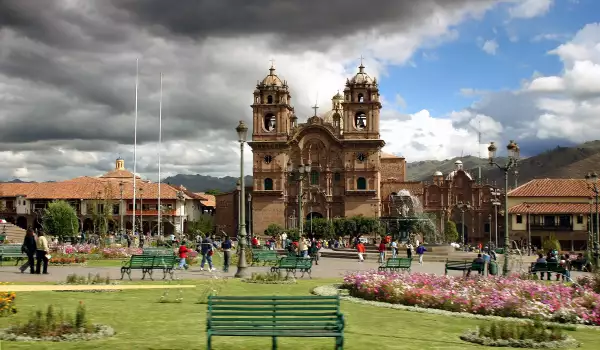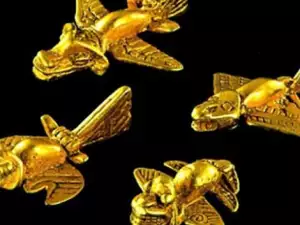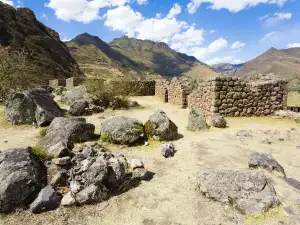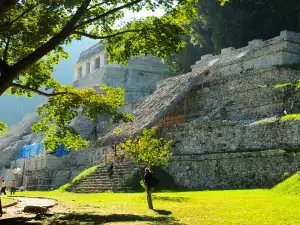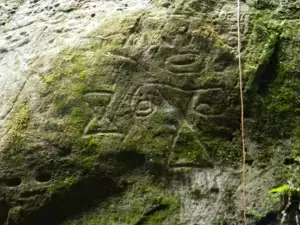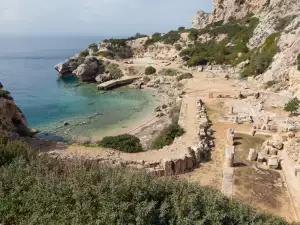Incas were specialists in opening the skull to heal injuries. In very sixth skull currently studied by scientists there is a hole and most operated on recovered without major complications. The reason is that the very best equipment was used for drilling the bone, used by ancient physicians.
In the Peruvian Andy however, during the 15th century, things looked differently. Here soldiers prefer sticks and string when clashes between the Incas did not end in death, but with serious injuries. According to the study of two American anthropologists, the fact that the inhabitants of the Andes were branded with their own unique civilization was due to their achievement: trepanation - Art to open the skull to heal such injuries.
American scientists presented in New Orleans the results of their survey article in the American Journal of Physical Anthropology. They studied the skulls found during excavations in Cuzco, the capital of the Incas, whose opening is precisely documented. The result of the survey presented 16% of 411 skulls examined had at least one hole.
High percentage of survivors
This number is impressive. In no other country in the world there has there been found so many skulls to have been drilled, as there have been in Peru. The first dates from around 400 BC. At that time the surgical opening of the skull is known in Europe for centuries, but never managed to reach such frequency and precision in the high Andean lands.
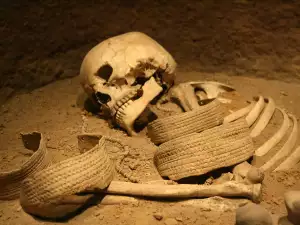
In the prime of the Inca culture the operation became so common. Over 90% of patients led perfectly normal lives after the intervention of doctors and often died decades later. To this must be added that there was a very low infection rate. In only 4 to 5 percent of cases the wound became inflamed, which becomes clear from bone deposits in the area around the hole.
Doctors of the Incas used different means of disinfection. They worked the wounds with saponin, Cinnamic acid and tannin. No anesthesia was used.
Round or rectangular hole?
Most of the holes in the skulls of the Incas shows that they are received in a battle with an opponent who holds the gun in his right hand as the wounds appear in most on the left of the skull.
Surgeons used four different techniques in operations. They stave, grinding holes, cutting or removing a rectangular piece or round "plug" that after the procedure returned to its place. According to Verano Endrushko the last method is used primarily in acute and superficial injuries to the skull. They apply this method when urgent action is required.
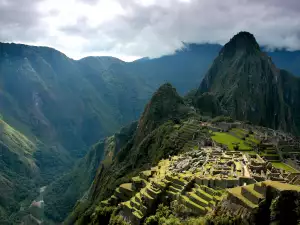
However, if ancient surgeons had more time, they gently gnawed the bone, while they formed a hole with smooth edges. Only one skull in the study had a rectangular hole, which was apparently cut into the bone.
Although apparently a well developed skill, as far as yet archeologists have not found surgical instruments linking to the Inca civilization. In any event, a ritual bronze knife would be too soft for such operations. Experiments made with living people in the 40's and 50's showed that the known metals are not sufficiently hard.
Years later, anthropologists tried again to make a trepanation, this time, however, edged in stone and on dead animals. The result was the flint and obsidian procedure appears to be possible.
Seven holes in a skull
In 44% of all patients anthropologists failed to demonstrate definite signs of trauma to the skull as a reason for opening it. In these cases, the holes come small or large cracks which occur when a blow is taken to the head.
The frequency of the procedure varies in different parts of the excavations. Verano mentions a cemetery with one in which 50 percent of all men, 30 percent of women and 30 percent of all youths had holes in the skull, if the theory is correct, this region was cruel.
And the new study after trepanation in Inca remains one of the biggest mysteries in the history of medicine. Indians have their own data for the procedure. The Spaniards did not mention the opening of the skull in the early descriptions of the conquest of the Southern American continent. So far they have only found that Inca have surpassed their conquerors in the art of opening skulls.
